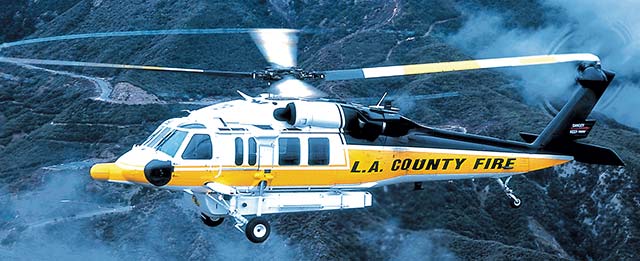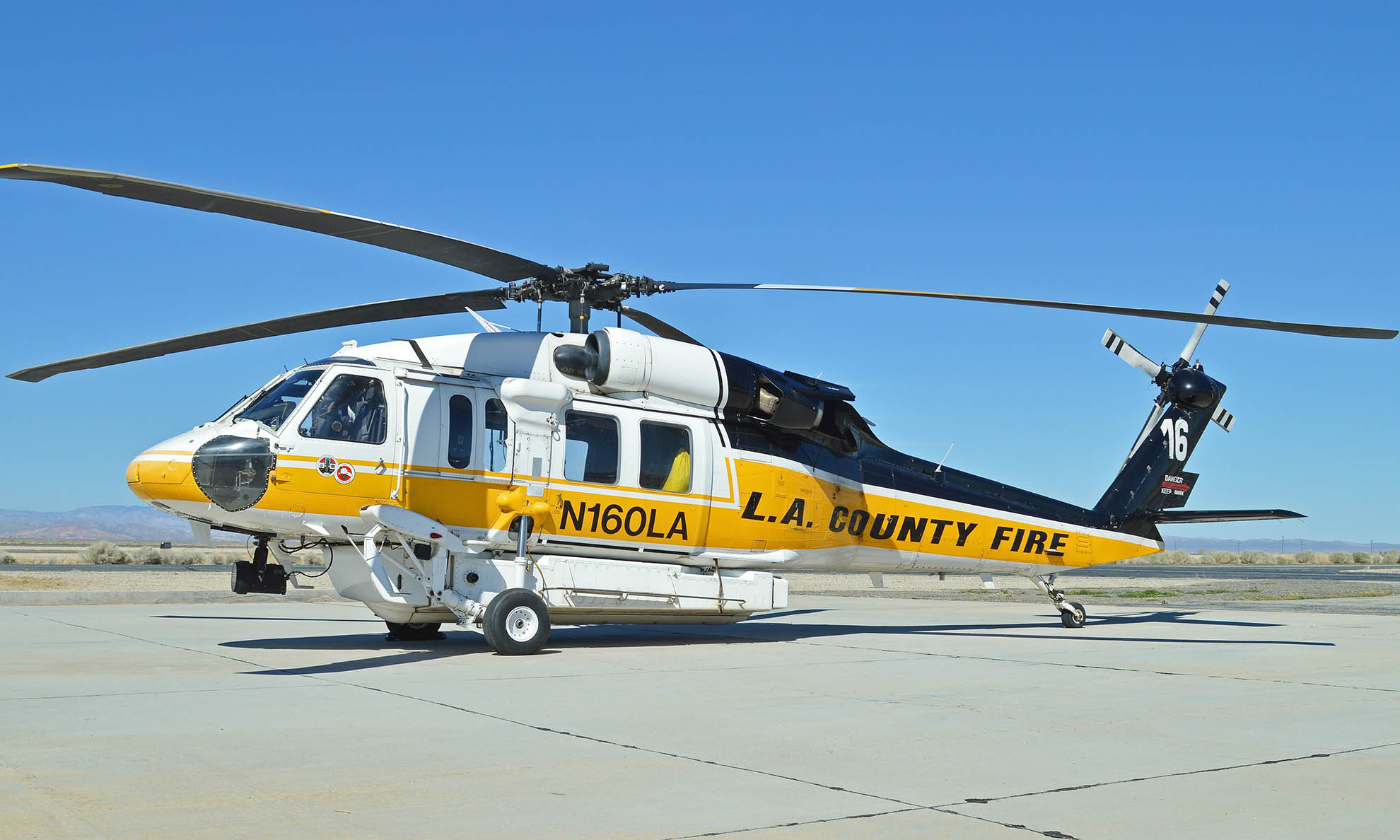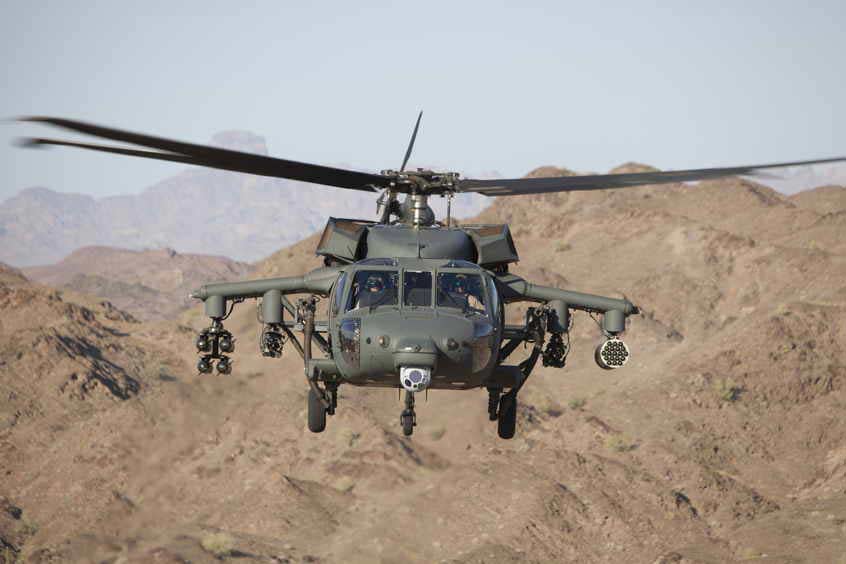A Take a look at the Sikorsky S 70's Duty in Armed forces and Civil Aviation
A Take a look at the Sikorsky S 70's Duty in Armed forces and Civil Aviation
Blog Article
High-Performance Multi-Role Rotorcraft Featuring Advanced Cabin Technologies and Integrated Sensor Solutions
The realm of rotorcraft technology has actually seen noteworthy innovations in recent times, especially in the realm of high-performance multi-role rotorcraft geared up with innovative cockpit modern technologies and perfectly integrated sensing unit systems. In the following conversation, we will explore the development of rotorcraft technology, dive right into the realm of innovative cockpit advancements, and analyze the ramifications of integrated sensor systems on the operational convenience and performance of modern-day rotorcraft.
Evolution of Rotorcraft Technology
The evolution of rotorcraft innovation has been noted by significant advancements in the rules of aerodynamics, products, and propulsion systems, shaping the capabilities and performance of contemporary rotorcraft. Wind resistant enhancements have actually improved the performance and ability to move of rotorcraft, permitting increased rate, dexterity, and stability during flight (sikorsky s 70). Technologies in materials, such as the use of composite materials and advanced alloys, have actually brought about lighter yet stronger rotorcraft frameworks, improving total efficiency and longevity. Additionally, improvements in propulsion systems, consisting of much more effective engines and cutting-edge propulsion technologies, have actually made it possible for rotorcraft to attain greater altitudes, faster speeds, and greater payloads.
These innovations have not only changed the capabilities of rotorcraft however have additionally increased their applications across numerous industries, including army, business, and emergency situation solutions. The continual evolution of rotorcraft modern technology continues to drive development in the field, pressing the boundaries of what is possible and shaping the future of upright trip.
Advanced Cockpit Innovations
Building upon the fundamental developments in aerodynamics, products, and propulsion systems, the world of rotorcraft technology currently changes focus towards pioneering Advanced Cockpit Innovations. The combination of sophisticated innovations within the cabin environment plays a critical role in enhancing the functional capabilities, security, and efficiency of modern-day rotorcraft. sikorsky s 70. Advanced Cockpit Innovations encompass a large variety of attributes developed to supply pilots with improved situational understanding, structured data monitoring, and intuitive control user interfaces
Among the key innovations in cockpit style is the execution of glass cabins, which replace standard analog gauges with high-resolution display screens. These digital systems supply customizable layouts, real-time data assimilation, and improved readability, enabling pilots to gain access to essential info at a glance. Additionally, progressed avionics systems, such as fly-by-wire controls and augmented reality displays, are transforming how pilots communicate with the aircraft, enabling precise control and enhanced decision-making abilities.


Integrating innovative cabin advancements not only boosts pilot efficiency yet also adds to total mission performance and security in complex functional environments. By leveraging advanced technologies within the cabin, rotorcraft producers are establishing brand-new requirements for operational quality and goal success.
Integrated Sensing Unit Equipments
With the evolution of rotorcraft modern technology, the integration of innovative Integrated Sensor Systems has come to be vital in improving functional effectiveness and safety and security. These Integrated Sensor Equipments encompass a vast range of technologies that offer important information for various functions such as navigating, security, targeting, and environmental monitoring. By perfectly integrating sensing units like radars, video cameras, lidar, and infrared systems right into rotorcraft, operators can benefit from boosted situational recognition, improved goal capacities, and reduced pilot workload.
One trick benefit of Integrated Sensing unit Solutions is their capability to collect real-time data and provide workable check this site out understandings to pilots and goal operators. As an example, advanced radar systems can discover and track targets over long distances, enabling very early danger discovery and effective action planning. Furthermore, incorporating electro-optical and infrared electronic cameras allows rotorcraft to perform reconnaissance and monitoring objectives with accuracy and precision.
Essentially, the integration of cutting-edge sensing unit innovations right into rotorcraft not just enhances operational performance however also contributes substantially to overall goal success and crew security. As rotorcraft proceed to advance, the role of Integrated Sensor Solution will definitely continue to be at the leading edge of innovation in the aerospace market.
Functional Versatility and Effectiveness
Enhancing functional versatility and efficiency in rotorcraft is an all-natural development from the integration of click resources innovative Integrated Sensor Solutions. By leveraging the understandings and data provided by these sophisticated sensor systems, rotorcraft can enhance their performance across different objectives and settings.
Functional adaptability includes the capability of rotorcraft to adapt to different functions and circumstances effectively. With advanced cockpit technologies and integrated sensor systems, rotorcraft can flawlessly transition between tasks such as search and rescue, medical evacuation, surveillance, and much more. This versatility enhances the rotorcraft's capacity to fulfill varied functional demands without requiring comprehensive reconfiguration.
Efficiency in rotorcraft procedures is vital for taking full advantage of objective efficiency and source application. Integrated sensing unit systems play a critical role in enhancing functional effectiveness by giving real-time data on weather, terrain mapping, target tracking, and much more. This data allows pilots to make enlightened decisions swiftly, optimize trip paths, save fuel, and boost total objective efficiency.
Influence On Modern Air Travel Operations

Moreover, the integration of advanced sensors promotes boosted goal planning and implementation, enabling rotorcraft to carry out a large range of tasks with boosted precision. From search and rescue operations to airborne firefighting and police objectives, the capabilities of modern-day rotorcraft furnished with sophisticated cabin technologies and incorporated sensor systems discover this info here are unrivaled.
Furthermore, the influence of these improvements prolongs beyond functional efficiency to cost-effectiveness and sustainability. By maximizing flight courses, fuel consumption, and maintenance timetables, high-performance rotorcraft geared up with innovative cockpit innovations and sensing units add to minimizing operational prices and environmental impact, making them essential properties in contemporary aeronautics procedures.
Verdict
To conclude, the high-performance multi-role rotorcraft with innovative cabin innovations and incorporated sensing unit systems stands for a considerable evolution in aeronautics technology. These developments boost functional flexibility and efficiency, inevitably influencing modern-day aeronautics operations in a favorable way. The integration of these innovative innovations permits improved abilities and efficiency in various goal scenarios, showcasing the continued advancement of rotorcraft modern technology in the aeronautics market.
The world of rotorcraft technology has actually seen noteworthy improvements in recent times, particularly in the world of high-performance multi-role rotorcraft outfitted with advanced cabin modern technologies and flawlessly integrated sensing unit systems. From improved mission convenience to boosted operational effectiveness, the convergence of innovative cabin innovations and integrated sensor systems has ushered in a new period of possibilities for rotorcraft applications. In the adhering to discussion, we will check out the evolution of rotorcraft technology, dig right into the realm of advanced cockpit developments, and examine the ramifications of integrated sensor systems on the operational versatility and performance of contemporary rotorcraft.

Report this page